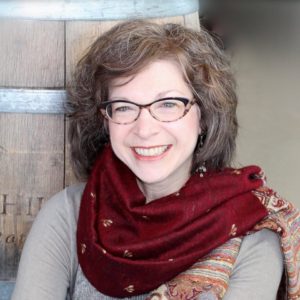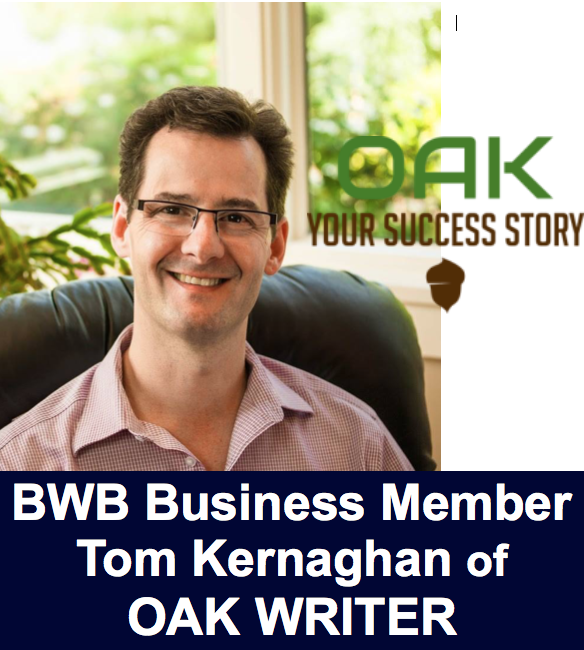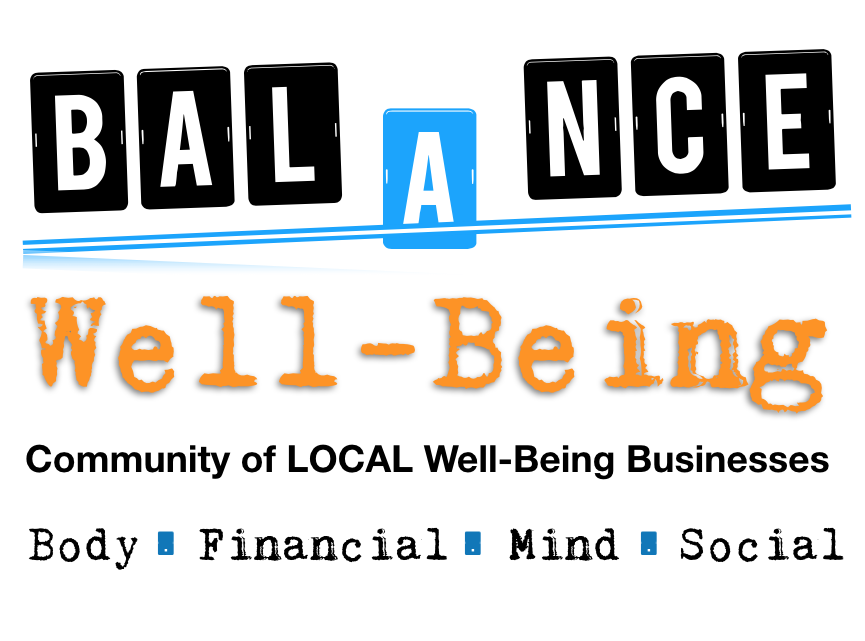“One thing I like to do is walk down the street and pretend I’m an alien who has dropped  into my body from outer space and has never seen any of this… And notice how quickly my mind wants to give [everything] a story.”
into my body from outer space and has never seen any of this… And notice how quickly my mind wants to give [everything] a story.”
These lines perfectly capture the electric clarity and engaging playfulness of psychic life and business coach Bonita Kay Summers. Amusingly, they also illustrate her heightened ability to spot limiting patterns in our beliefs and behaviours. She is remarkably good at discerning both, and quickly.
Bonita helps her clients to discover “shortcuts” through personal and informational clutter, and then guides them to sensible, practical, lasting change in their careers, personal lives, and spiritual journeys. It is role for which she is uniquely suited. Not only is she preternaturally gifted with high intuition, but she also can draw on a vast array of rich work and life experiences.
In addition to her 35 years as a professional psychic, Bonita has worked as a corporate professional, journalist and editor, university administrator, and a certified crisis and suicide intervention counsellor. She is a Recognized Therapeutic Touch Practitioner and PSYCH-K Advanced Facilitator. Capable of seeing the big picture of life and the individual essence of a person, she wastes no time in getting to work. And if all this weren’t enough, she is a whiz at developing and launching websites, too.
I have spoken with Bonita on many occasions. Behind her ever-present smile lies an incisive mind and insatiable curiosity. So I was eager to talk with her again to see what more I could discover.
What are the first things you notice in clients when they come to you? As a veteran practitioner in human patterns, have you noticed any commonalities among these first meetings?
Some clients come to me knowing why they want to see me, but quite frequently, and surprisingly, many of them do not know. They just sense that they need to see me. This speaks to the intuitive ability in all of us, that people follow up on this inner knowing without derivation. They just know.
Often, that’s all they know. Many of my clients arrive at a time of transition. They have, as Buddhists would put it, entered the void. They feel lost in some significant way. It might be a career that no longer serves, a need for change in location, or a disruption in relationship. Sometimes, their very identity comes into question. I have a deep respect for people who are experiencing this challenge to the ego — and want to go deeper, rather than avoid this difficult self-exploration.
The void can be frightening, because moving out of uncertainty into knowing can require surrender of everything we have known about ourselves, our life, and our work. By completely surrendering, something new can arise. Otherwise, we are just repeating old patterns, as the ego is wont to do.
I love this line from one of your videos: “We are beings on an accelerated evolutionary process.” Where, in your view, is this taking us? And does this explain your motivation to find “shortcuts” to self-awareness?
The process I have noticed over the past few decades has been one of merging science and the paranormal. What was once solely the realm of seers and mystics has now been made palatable for the rationalists, because of quantum physics. We can now show from a scientific viewpoint why the mystics and spiritual masters have been on to something all along.
With books such as The Holographic Universe by Michael Talbot, Ervin Laszlo’s work on quantum physics and the akashic field, Lynn McTaggart’s writings on unified field theory, and Dean Radin’s publications on the conscious universe, we have a plethora of materials available to us to develop the realization that there is really no place where we end and the rest of reality begins. Everything is entangled, to use a quantum physical term. We contain the entire universe.
So, what does this mean for us? It means that we can function from the realization that we walk around in a projection of our own consciousness, that everyone we meet, everything we see is actually showing us what is inside of us. Instead of thinking that the world is happening to us, we begin to recognize that the world is shaped by our beliefs, fears and subconscious patterns.
This primes my motivation to help others recognize these aspects of consciousness that create and influence their reality, so that they learn that real change must always begin from within. Shift the patterns, and reality shifts to reflect that change. This is far more efficient, and ultimately leads to a more evolved way of living, because we stop trying to control external reality so we won’t have to face the turmoil within. We turn toward the inner chaos, working directly with it, which translates into more effective, more conscious behaviour in the external reality. In other words, we stop reacting. Rather, we act from our inner knowing. This places us in harmony with the universe, walking the path our soul chose coming into this reality.
You have also spoken about the illusion of separation. This is a highly intriguing perspective, particularly with respect to the barriers to vulnerability you discuss in your latest blog post. How do you see our role in connecting individual growth to the one consciousness of which we are all a part?
It begins with realizing that everyone we meet is a reflection of some part of our inner self. Once we see this, we stop trying to control others’ behaviour or perception of us. We start to see that in every moment, the universal consciousness is reflecting our own thoughts and patterns back at us. We become observers, allowing our circumstances and experiences to point out where we are attached, what we are trying to control, where we need to surrender, and where and when we need to take action.
No longer seeing the world as happening to us, we see it as the illusion it is, not separate from us, but completely our creation. As we do the inner work presented to us by the external world, we watch that world shift and change.
In the Tibetan practice of dream yoga, they describe various stages of development to human consciousness. First, we recognize that a dream is a dream. This is known as lucid dreaming, where one is aware one is dreaming during the dream state, and becomes capable of making conscious changes in the dream — even to the dream itself. Second, we recognize that this life is a dream. It is just as much of an illusion, except we’ve come to believe that it is concrete and only malleable in a material way. Really, it’s a lot of flying particles and waves, but mostly space (alluding to the Buddhist concept of inherent emptiness as the basis of reality). Lastly, we wake up. Tibetan dream yogis call it the clear light of seeing, where there is no longer subject and object, but simply the field of consciousness. This is a state one can also experience during samadhi, a deep state of meditation, in which all subjective reality drops away, and there is simply a presence, a beingness.
Imagine a world in which we stop seeing people as other, and we truly recognize ourselves. This is why we say, “Namaste.” The oneness in me recognizes and reveres the oneness in you.
You are participating in the upcoming Mountain Spirit Festival at Sun Peaks Resort. What will you be doing there and why do you enjoy this event so much?
I will be offering a talk and workshop on befriending the masculine, as well as giving one-on-one sessions throughout the weekend. While feminism has been an important movement in the world, to equalize the treatment of men and women, I feel there has been a backlash toward males. In their own way, men have a very difficult time in the world, and I don’t think we always acknowledge that.
In my practice, I’d say sixty percent of my clients are male. I’ve had the privilege of working with men who are willing to be open to a deep exploration of their psyches, their lives, their careers, and spiritual paths in order to grow.
I’ve also met many women who suffer because they have suppressed their inner masculine. If we think of the feminine as our intuitive, receptive nature, and the masculine as the aspect that creates structure and takes constructive action, we see the necessity of having the two aspects integrated in order to be happy, balanced, and successful in this world.
When the masculine is suppressed, we may be indecisive, poor at setting boundaries, and likely to undervalue ourselves and our services. The masculine is by nature supportive of the feminine. The same needs to be true of the reverse.
I enjoy participating in the Mountain Spirit Festival, because it’s an event that supports and engenders innovative thought and tremendous personal and professional growth. Rather than the “feel good, go home, and do nothing with what you learned” experience that often happens with weekend events, each participant is constantly supported and encouraged to incorporate what they learn into action when they return home. We as speakers, facilitators, and practitioners are also available beyond the event to support the participants to continue on their path of self-awareness and change.
You love to ride your motorcycle. Tell us what it means to you when you put on your leathers and get out on the open road? What do you feel? What do you learn?
I began riding several years ago, as a prompting from my inner self. Some part of me wanted to ride (while the rest of me said, “No flipping way!”). For me to be good at what I do, I have to constantly face my fears and follow my intuition, no matter where it leads me.
My inner masculine wanted to ride a motorcycle. I really struggled with learning to ride, because this was so far out of my comfort zone, but I took a course and persisted. I ride a large bike, an R1100S BMW. It’s part of my spiritual practice. If I relax and let my inner masculine come forward, I ride effortlessly. If I tense up and suppress that energy, my riding is affected by my fear. This is an exercise in trusting my inner masculine and surrendering to it. It will even direct me on which route to take, and it has saved my butt more than a few times by intuitively telling me to drop my speed below the limit just before a pickup cut across my path at an intersection, or not to pass a transport, just before a car behind it quickly moved into my lane without signalling. There is so much wisdom within us that is waiting for us to let it up. Each of us is given these opportunities to follow that wisdom, but we may have to face our fears in order to step into those openings. I often like to go out very early in the morning and ride to Merritt for a coffee. When I relax, riding is a beautiful meditative experience for me.
Okay, time for some more fun! Care to share a quirky trait, fun fact, or telling anecdote our readers may not know about you?
I have been a writer all of my life, first published in a local paper at the age of eight. As a child, I loved to walk for hours in the woods behind our house, and as I did so, poetry would start to flow through my mind. I would rush home to write it all down before the muse left me.
I published my first book of poetry in 2004, and in Kingston, ON, I used to perform publicly and emcee local poetry events. I was asked by Juno Award-winning dub poet, Lillian Allen, to come to Toronto to perform my work, some of which was inspired by her when she was an Artist in Residence at Queen’s University, where I worked at the time.
Poetry has always been like a second language for me. I often only know the first line before I set pen to paper. Then, the rest of the poem just writes itself. I’ve also taught right-brain writing techniques in high school classes and at some of my workshops. Most of my published work is a first draft. Again, it’s about surrendering to the process, and allowing that inner voice to speak.
Sometimes, when I perform, I combine a cappella singing with poetry. I have performed a few times in Kelowna at Inspired Words Cafe.
Bonita Summers
https://spiritkelowna.com
250-863-5505
Toll-free: 855-755-5887
 Tom Kernaghan, owner of Oak Writer
Tom Kernaghan, owner of Oak Writer
I write stories about people, businesses, and communities so that people will remember what makes them uniquely powerful.
Tell me your story!
(250) 863-6297
oakwriter.com
